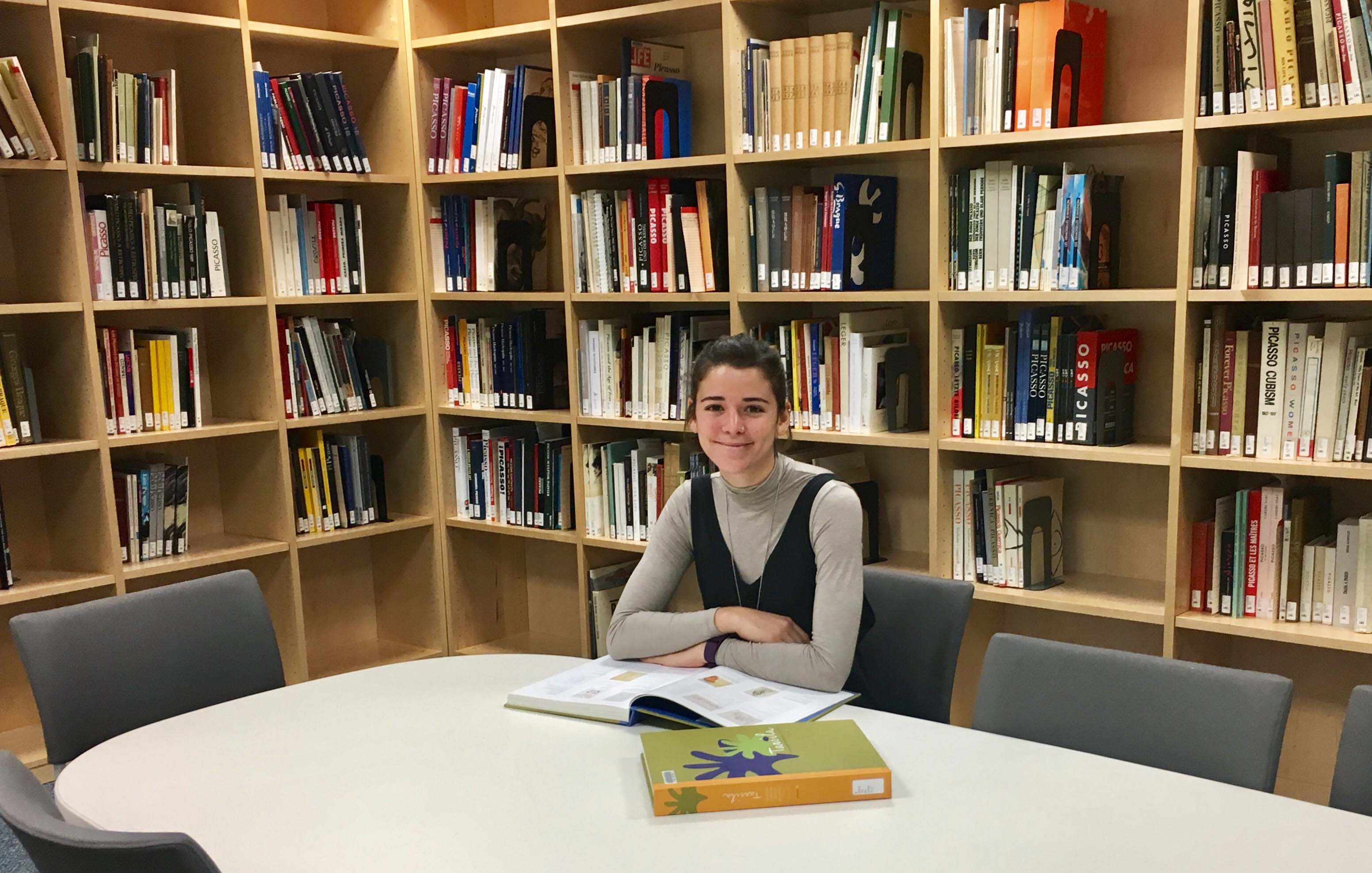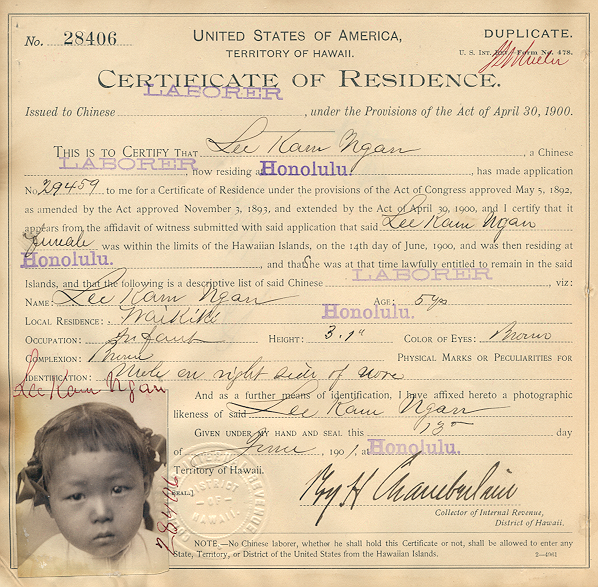Our PhD students engage in research that cuts across silos. Dissertations incorporate the cross-disciplinary perspectives of the Constellations and digital humanities. Special projects extend beyond the walls of academia into museums, urban schools, and underserved communities. Increasingly our students have become competitive for prestigious external grants, coming recently from the Metropolitan Museum, the Smithsonian, and CASVA.
Maria Castro - The Metropolitan Museum of Art, New York City
Maria Castro is currently a Leonard A. Lauder Fellow at the Leonard A. Lauder Research Center for Modern Art, The Metropolitan Museum of Art. While at the Lauder center, she is working on several projects focused on cultural exchange between Europe and the Americas during the first half of the twentieth century. Taking advantage of the Research Center’s rich collections and archives of Cubist works, Maria is researching how artists and collectors disseminated Cubism across the Atlantic and adapted it to the different contexts they encountered. As a part of this project, Maria is contributing the first entries on Latin American collectors to the Lauder center’s Index of Cubist Collectors.
Maria is also developing her dissertation project “Between Paris and São Paulo: Tarsila do Amaral’s Approach to Brasilidade,” which analyses the Brazilian painter’s engagement with Cubism, Surrealism, and avant-garde Realism during the interwar period to assess how she connected the forms and discourses of these modernist movements to local as well as global social, economic, and political realities. During her fellowship at the Lauder center, Maria is studying Amaral’s paintings of the 1920s in relationship to works by Fernand Léger and other artists in her circles who are strongly represented in the collection. This effort will help elucidate the complex visual and ideological networks in which Amaral’s works participate both in Paris and in São Paulo, the two centers of her early career.

Annika Johnson - Smithsonian American Art Museum, Washington D.C.
Annika Johnson is a 2016-2017 research fellow at the Smithsonian American Art Museum in Washington, D.C. where she is completing her dissertation research on the confluence of Euro-American and Eastern Dakota art in the nineteenth century. Smithsonian Institution collections are particularly rich with works created and collected in Dakota homelands along the upper Mississippi river. Through the lens of agency—that of people and objects—she places visual representations of Dakota culture by artist-explorers on equal footing with the Dakota-made art objects and persons that they represent, and explores how images and objects negotiated cultural difference during the turbulent decades of settlement in the Upper Midwest.
At the Smithsonian American Art Museum Annika is examining George Catlin's paintings of Dakota leaders and sacred sites and his interest in Dakota spiritual and artistic practices. His papers and unpublished sketchbooks allow her to engage deeply with his encounter with Dakota people. At the National Museum of Natural History, both Catlin and the U.S. War Department's collection of Dakota art illuminate how collecting practices popularized Native American art nationally and influenced U.S. Indian policy. Shifts in Dakota tobacco pipe carving techniques and imagery evidenced in these collections—including portraits of white Indian agents, trade objects, and Christian iconography—provide a fascinating glimpse into how Dakota artists portrayed their changing world for visitors to the region.
Jennifer Donnelly - "Paper Suspects: Bertillonage and Criminalized Identity under the Chinese Exclusion Act"
Jennifer Donnelly and Aisling Quigley (Information Sciences) have recently co-authored an essay "Paper Suspects: Bertillonage and Criminalized Identity under the Chinese Exclusion Act," which is under review for publication in the exhibition catalog of Data after(Lives): The Persistence of Encoded Identity. Jen and Aisling both served as curatorial associates for the exhibition, which was organized by HAA faculty and grad students for the University Art Gallery. Their article extends the theme of the exhibition, which investigated the relationship between concepts of the self and the technical and mechanical processes that produce externalized records of human identity.
The exhibition is one product of an ongoing digital humanities research project, Decomposing Bodies, concerned with the Bertillon system of measurement, a system that was developed to effectively identify criminals in the late nineteenth century. Bertillonage attempted to establish an infallible imprint of human identity through a series of prescribed anthropometric measurements, photography, and precise descriptions. Jen and Aisling’s article explores the brief and controversial implementation of the Bertillon system to identify and track Chinese immigrants legally leaving and entering the country during the Chinese Exclusion Act, which prohibited the immigration of all Chinese laborers to the United States between 1882 and 1943. Under the Chinese Exclusion Act, the ritualized performance of Bertillonage measurement and description inscribed class hierarchies, racial assumptions, and criminal prejudices of the onto the bodies of its subjects.

Paulina Pardo - Medida
The installation Medida (Measurement) by Brazilian artist Letícia Parente (1930-1991) opened to the public in the Experimental Area of the Museum of Modern Art in Rio de Janeiro in June 10, 1976, at the height of Brazil’s military dictatorship (1964-1985). Presented for the first time in the United States forty years after its original installation, Medida was recreated in the University Art Gallery as part of the exhibition Data (after)Lives: The Persistence of Encoded Identity (September 8-October 14, 2016). In this exhibition, Medida contributed to the questioning of the relevance of exact human measurements, the relationship between individual data and identity, the political connotations of measurement practices, the aesthetic appearances of measuring tools and procedures, and the use of the resulting data once the collecting process has concluded.
This installation occupied the entirety of the Back Gallery room and faithfully reproduced the original layout of Medida to its fullest possible extent. Dividing the room into two spaces, the first and larger space was dedicated to the collection of data from visitors and invited them to compare the resulting data with average results of such measurements. The exhibit’s smaller space, dedicated to data visualization, presented the original images of Parente’s slideshow O livro dos records (The Book of Records, 1976) as it exists today in the artist’s archive, alongside historical documentation of the original exhibition.
Medida was researched and curated by HAA Ph.D. student Paulina Pardo as part of her comprehensive examination taken in 2016, in fulfillment of the dissertation area of her exams. Paulina’s area of study is Latin American contemporary art, and her dissertation project is the first monographic approach to the work of Brazilian artist Letícia Parente (1930-1991).
The accompanying photograph is an installation view of the first and larger space of Medida as recreated in the UAG. The online exhibition of Medida can be accessed through the UAG webpage.
